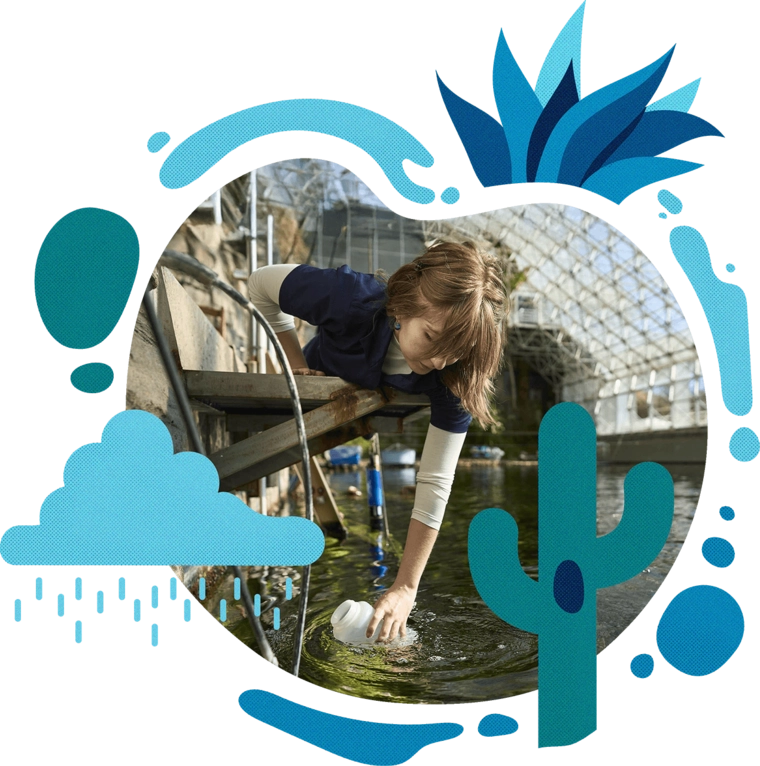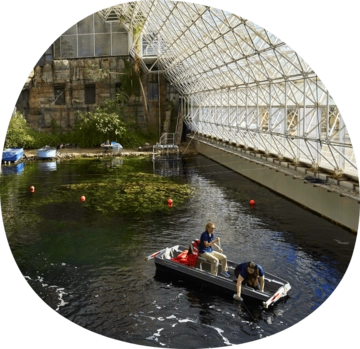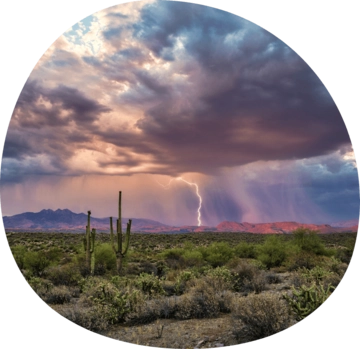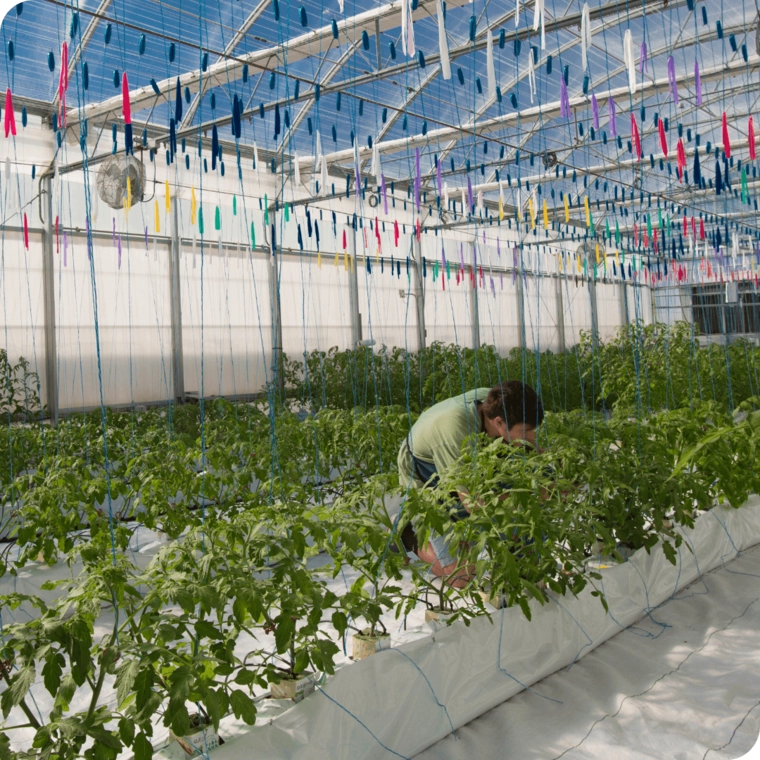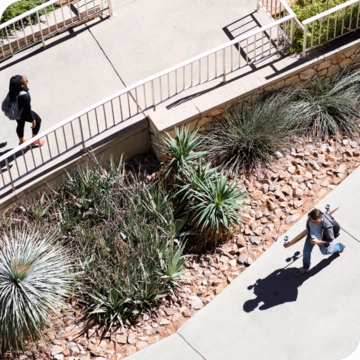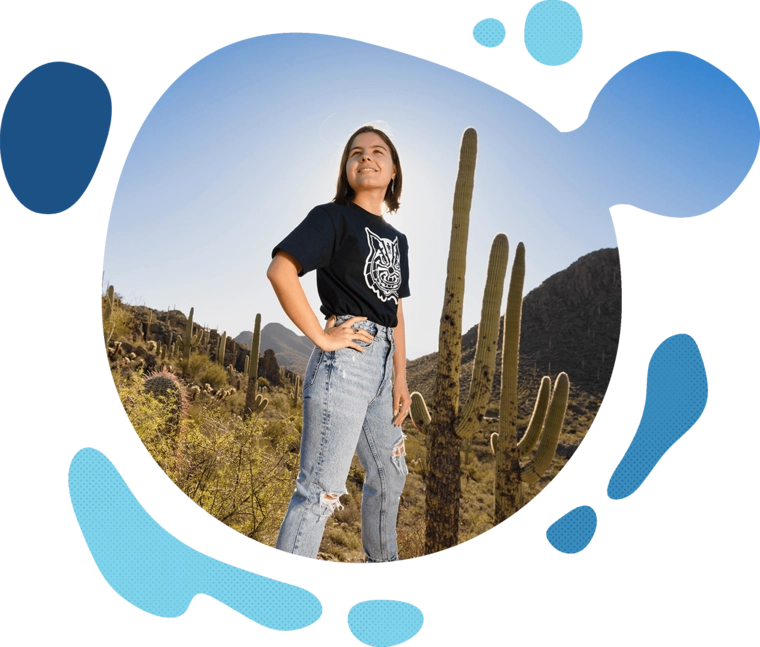
.


Where Every Drop Counts – and Educates
Arizona faces some of the most urgent water challenges in the United States – and the University of Arizona’s response is setting a global example.
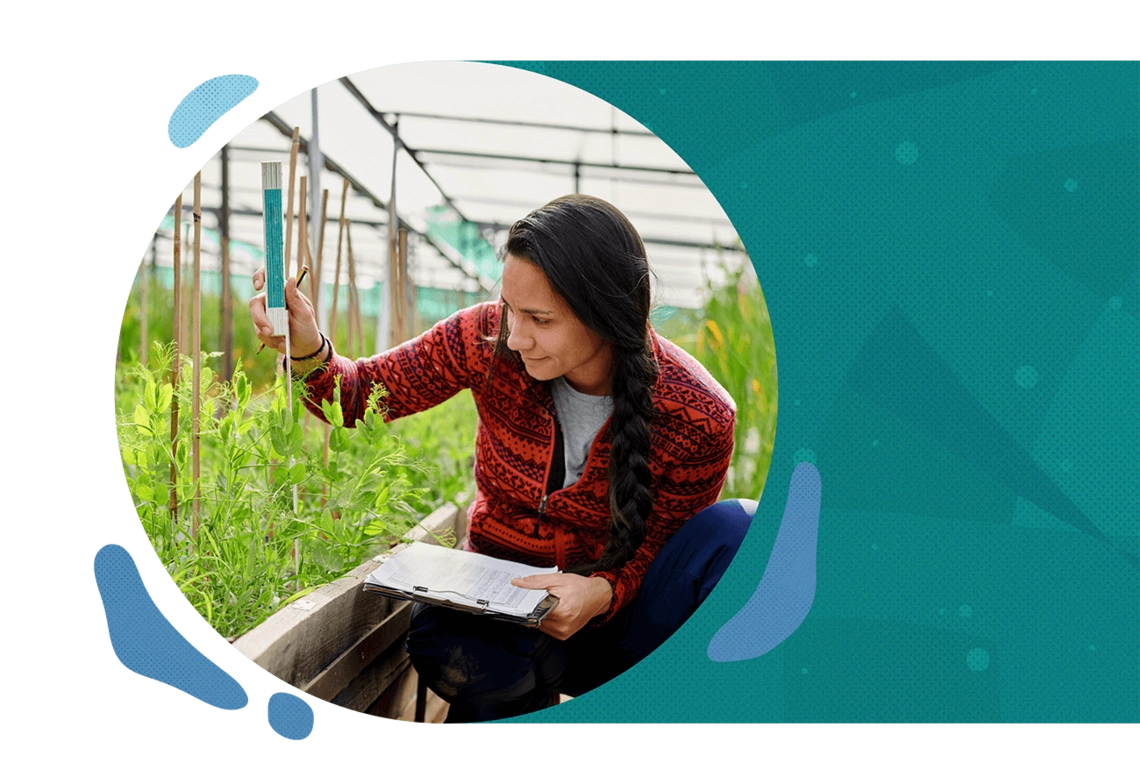
Water & Tribal Communities
The University of Arizona is home to the Indigenous Resilience Center, where researchers and tribal leaders co-create solutions to climate challenges. From food sovereignty to water access, the work centers on Indigenous knowledge and builds long-term resilience across Native communities in Arizona and beyond.

Leaders in Water Science
At the University of Arizona, water research flows across disciplines and ecosystems – from oceans and reefs to deserts and rainstorms. Our faculty are leading breakthroughs that deepen our understanding of water’s role in everything from climate to community health.
"We are the leading schools that do research on water reuse in the Southwest to allow for self-sufficiency and resiliency in the Southwest."
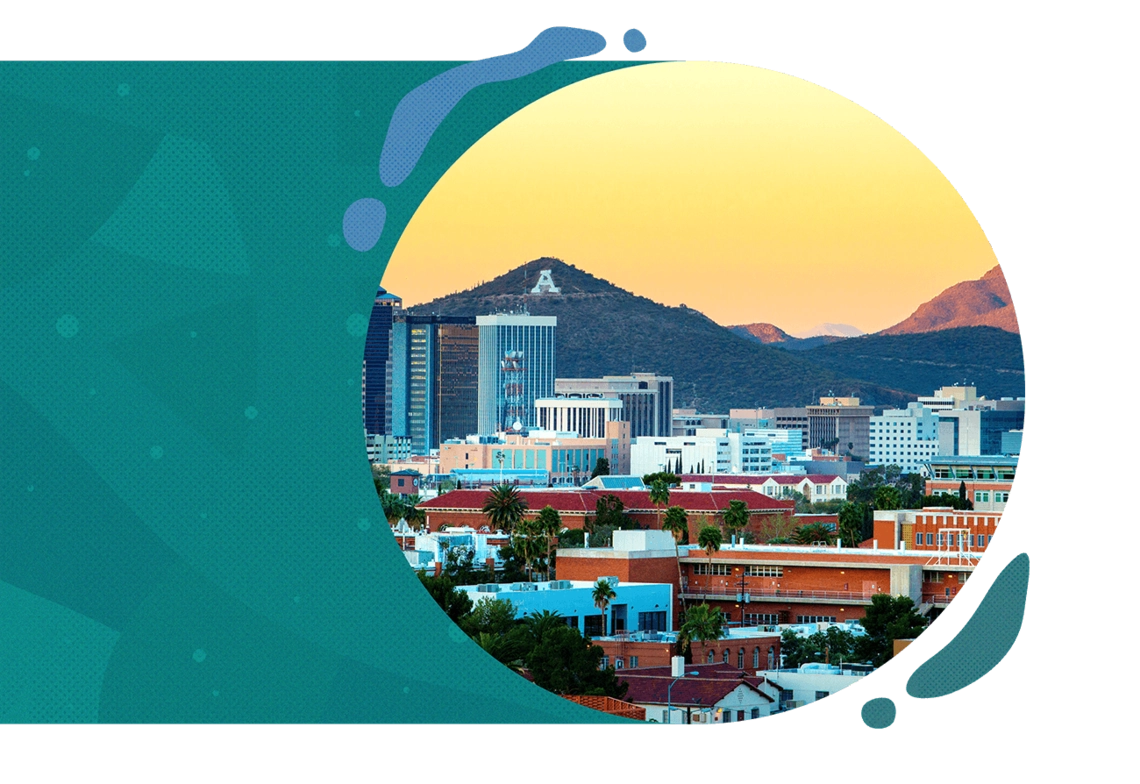
Rethinking Cities
Architect and Professor Courtney Crosson is reimagining urban water systems through her Net Zero Urban Water (NZUW) approach – a framework that helps cities become more self-sufficient while adapting to climate, infrastructure, and population pressures. Her work spans from Tucson to Nairobi, bringing forward scalable solutions for water equity and resilience worldwide.
"We can show the rest of the world how it's done properly. This will be the place where industry, policy, and technology are working together to transform food production."

Sustainable Campus, Future-Focused
The University of Arizona’s isn’t just imagining a more sustainable world – we’re creating, building, and living it. Our Tucson campus is a living lab for water conservation climate leadership.
